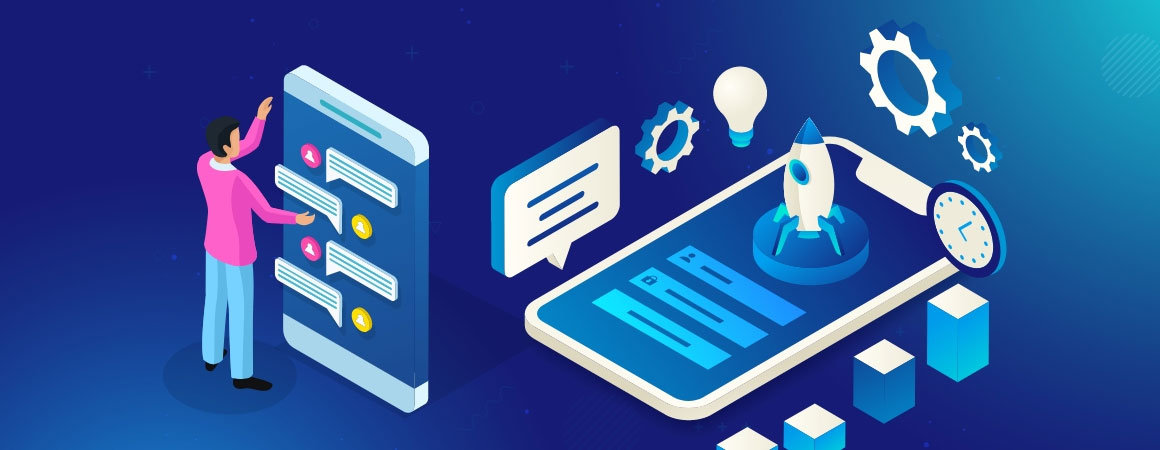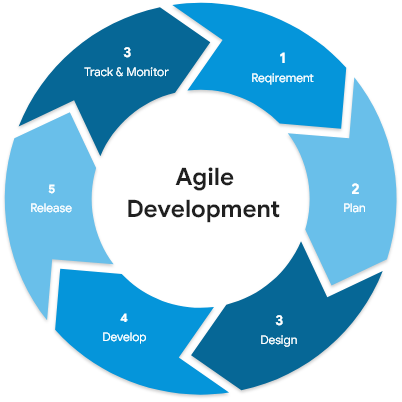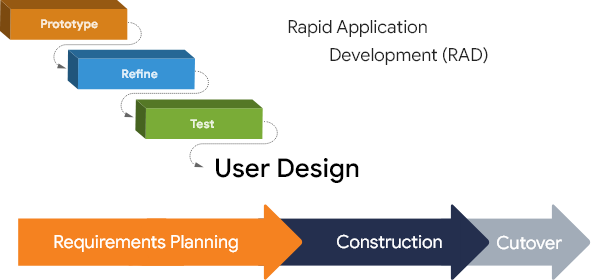
We use cookies to ensure that we give you the best experience on our website.
By using this site, you agree to our use of cookies. Find out more.
The rising demand for mobile applications to streamline the business processes has posed a serious challenge in front of developers to adopt a rapid and ideal development process to deliver quality software products.

The rising demand for mobile applications to streamline the business processes has posed a serious challenge in front of developers to adopt a rapid and ideal development process to deliver quality software products. The basic requirements of the users tend to alter at a fast pace, therefore contemplative planning for the building of customer-centric mobile application development has become essential.
Every smartphone user desire to fetch the most out of their applications and they would promptly switch to the next closest alternative if the existing one fails to meet their expectations. And this is where the much-needed demand for mobile development methodologies come into action.

The waterfall development method is considered to be the most traditional software development method in which a rigid linear model comprises sequential phases from requirements to maintenance focusing on distinct goals. It is divided into self-contained stages or steps. Its model makes it easier to understand and manage. Also, the projects with clear intentions and stable requirements can use the best waterfall method. Even the less experienced project managers and project teams whose composition changes frequently may get the advantage of using the waterfall development methodology.

The agile development methodology involves programming, development, and project management including breaking down of the software development life cycle into smaller modules. In this methodology, there is a constant interaction of the mobile developers with the team or enterprise owner of the organization for which the application is being used. The customer has the flexibility to request changes at the later stages of development which is significant to meet the quickly evolving market demands. It also allows breaking down a large number of demands into manageable pieces and thus, enabling maximum utilization of resources.

This process produces a high-quality system with low investment costs. Also, it allows developers to rapidly adjust to shifting demands in a fast-paced and constantly evolving market. It involves such a low investment cost as it has the ability to quickly adjust to new systems and processes. It involves four stages; requirements planning, user design, construction, and cutover.
RAD is most effective for projects with a well-defined business goal and a clearly defined user group but those that are not computationally complex. This methodology is beneficial for small to medium projects that are time-sensitive.
In the long and short-term business, you cannot risk your mobile application to be in the wrong hands, therefore, you should have the knowledge whether your mobile application development company is following all these three methodologies; waterfall, agile, and rapid to gain the desired outcomes.
Leave a Comment
Your email address will not be published.